Autonomous glider launches global voyage today to transform ocean data collection
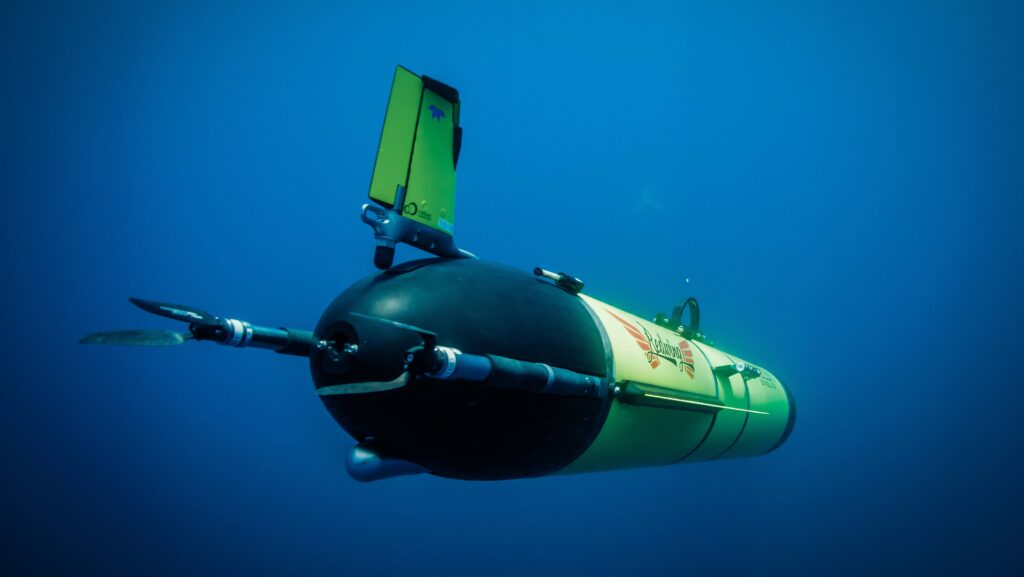
A pioneering underwater robot launches today on a five-year journey around the globe, aiming to transform how the world understands its oceans and their impact on climate. But what sets this mission apart isn’t just the engineering feat – it’s the collaboration between scientists, engineers, and students that’s making it happen.
“There’s no doubt in my mind that this mission will not only shape our understanding of the oceans and their impact on weather systems in a new way, but it will also change the future of autonomous ocean exploration,” says Oscar Schofield, professor in the department of marine and coastal sciences at Rutgers University.
The Sentinel Mission — led by tech company Teledyne Marine in partnership with Rutgers University based in New Jersey — will see an underwater autonomous glider named Redwing travel more than 73,000 kilometres, collecting data on ocean temperatures, salinity, and currents in real time.
Students at Rutgers have helped build the navigation software that will steer the glider as it follows ocean currents across the Atlantic, Indian, and Southern Oceans.
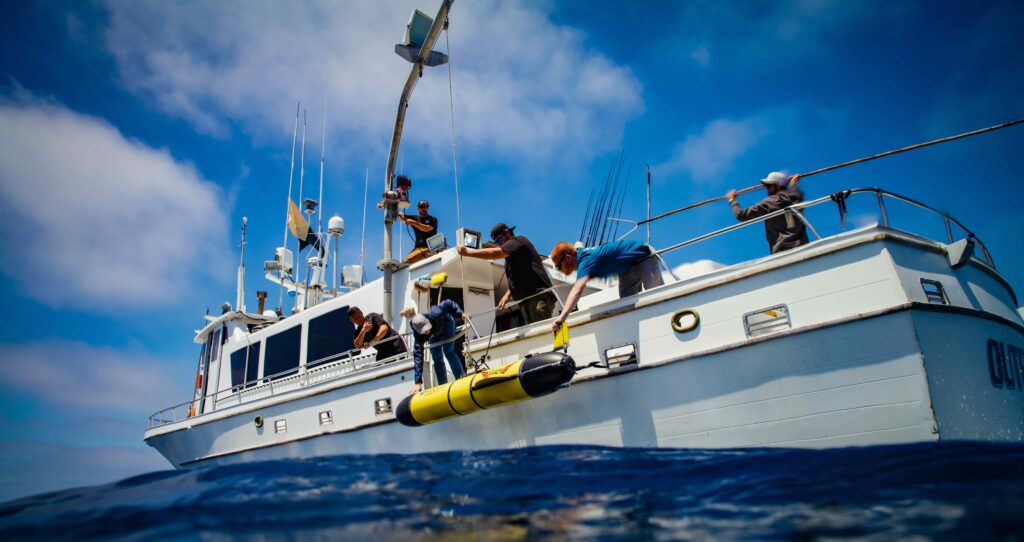
Glider powered by changes in buoyancy
Unlike traditional marine vessels, Redwing is powered by changes in buoyancy rather than propellers. Diving to depths of 1,000 metres, it glides in a sawtooth pattern and surfaces every eight to 12 hours to transmit data via satellite to the National Oceanic and Atmospheric Administration (NOAA). This design allows the vehicle to run for years on very little energy.
The data collected by the autonomous glider will feed into global weather forecasting models and climate research. It is expected to improve hurricane predictions, track migration patterns of marine species, and support international conservation policies. The data will be shared in real time and is intended for use by scientists, educators, universities, and schools worldwide.
“This is a truly historic mission,” says Brian Maguire, chief operating officer at Teledyne Marine. “It will pave the way for a future where a global fleet of gliders continuously gathers data from our oceans.”
Redwing will pass through strategic ocean corridors, including stops near Gran Canaria, Cape Town, Perth, Wellington, the Falkland Islands, and potentially Brazil and the Caribbean, before returning to Massachusetts. At key points, the glider will be retrieved for maintenance before being redeployed.
More than 50 Rutgers students will be involved over the five-year period, alongside international partners from Spain, South Africa, Australia, New Zealand, Brazil, the UK, and the US.

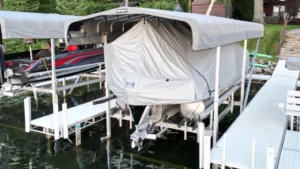
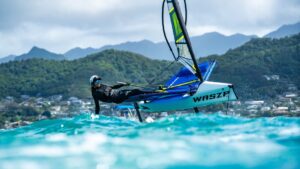
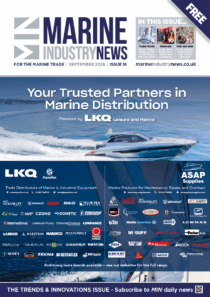
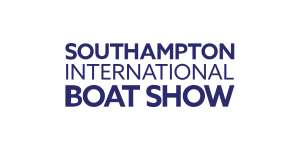





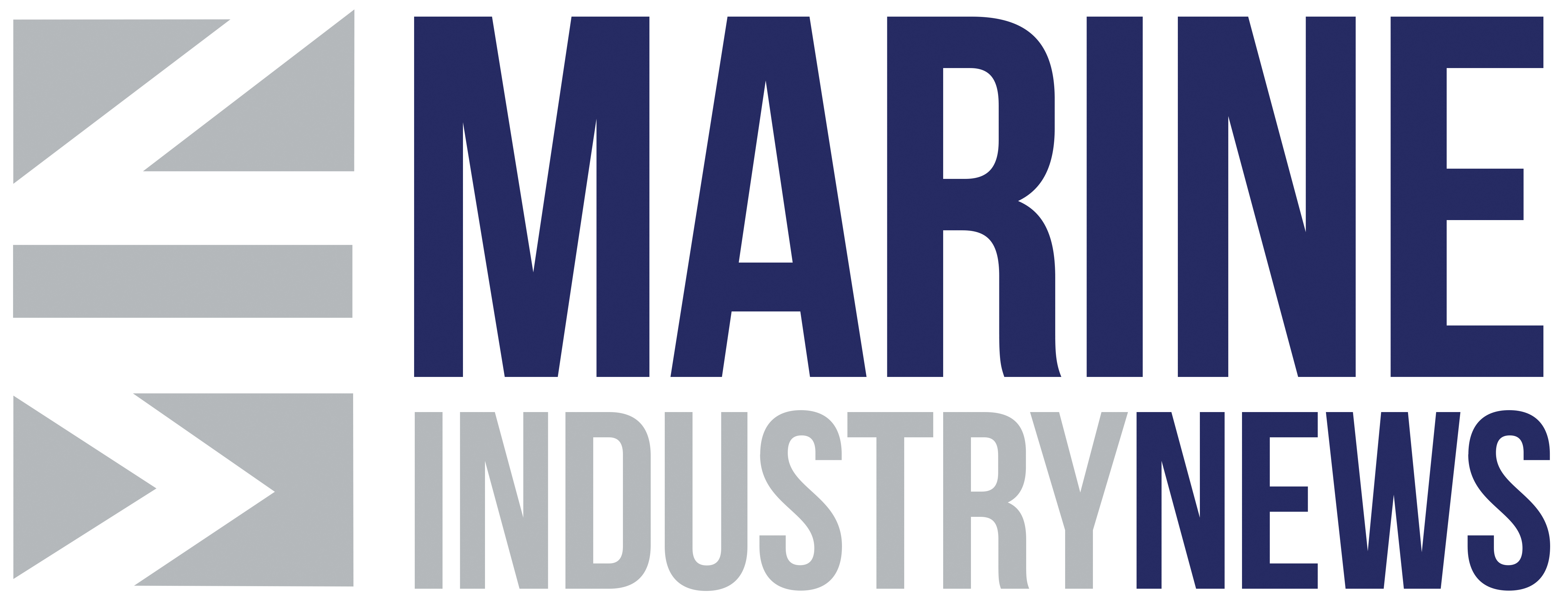
Leave a Reply